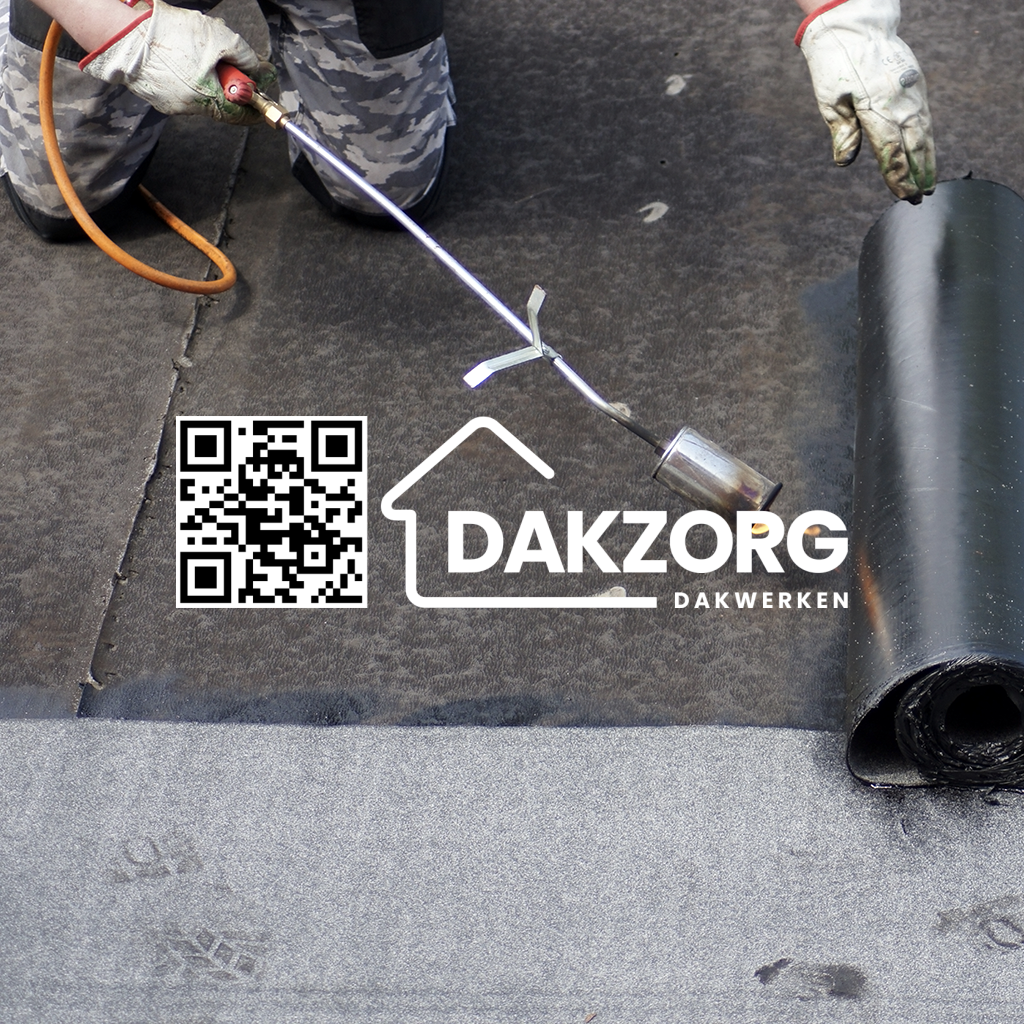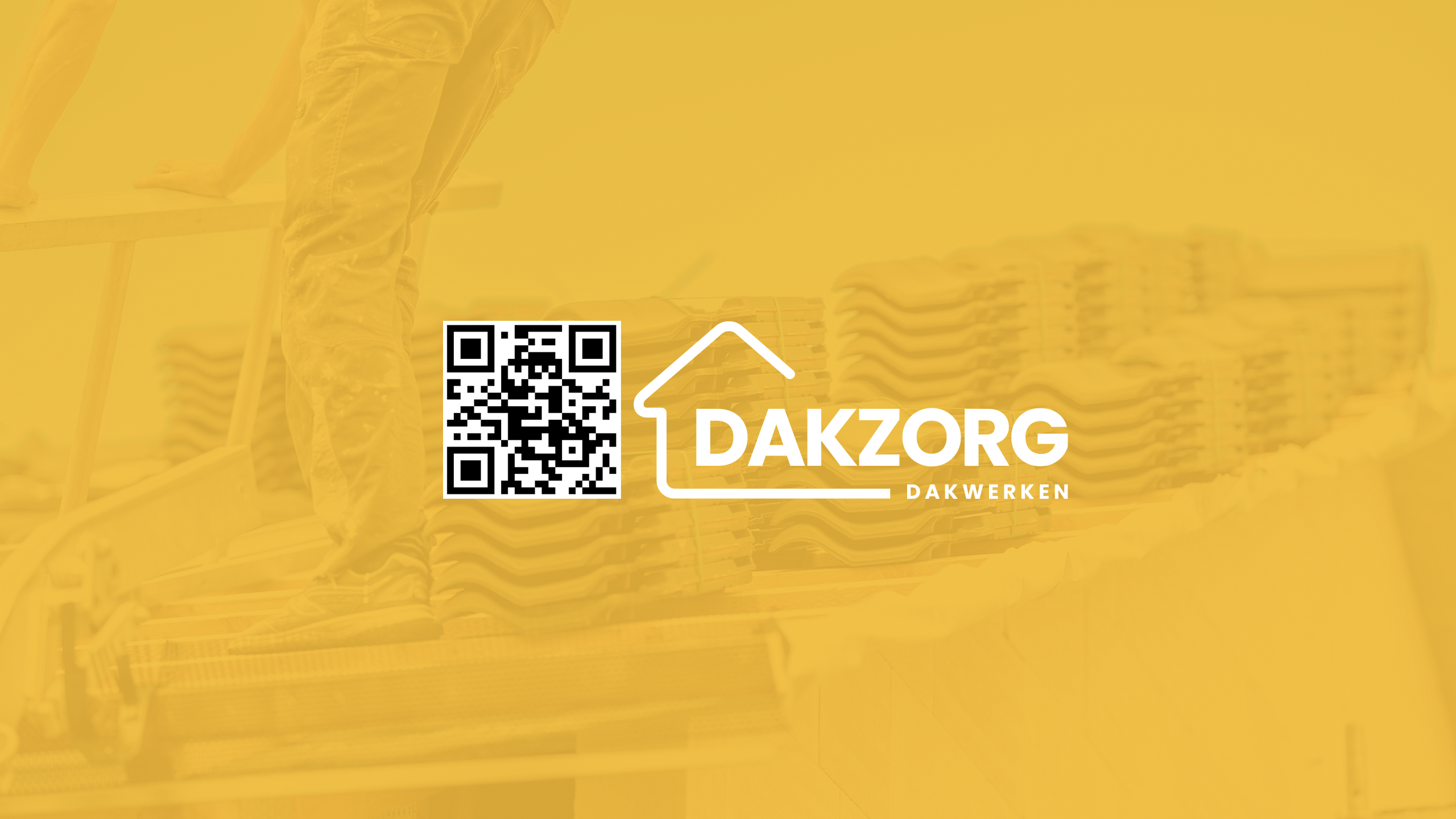Introduction
When it comes to energy efficiency in the Netherlands, one often overlooked component is the roofing system of buildings. As climate change becomes an increasingly pressing issue, ensuring that our homes and businesses are energy-efficient has never been more important. The role of roofing in Dutch energy efficiency is multifaceted and can significantly impact utility bills for homeowners and businesses alike. This article dives deep into various aspects of roofing, its materials, styles, and how they contribute to energy efficiency, ultimately leading to substantial savings on utilities.
The Role of Roofing in Dutch Energy Efficiency: Saving on Utilities
The roof serves as a protective barrier against the elements while also playing a vital role in the overall energy performance of a building. In a country like the Netherlands, where weather patterns can be unpredictable and temperatures fluctuate, having an efficient roofing system is crucial.
Understanding Energy Efficiency in Roofing Systems
Energy efficiency refers to using less energy to provide the same service or achieve the same result. A well-designed roofing system can minimize energy loss, significantly reducing heating and cooling costs. But what exactly makes a roof energy-efficient?
Key Factors Influencing Energy Efficiency
- Insulation Quality: Proper insulation minimizes heat transfer between the inside and outside. Roof Color: Lighter colors reflect sunlight better than darker ones. Ventilation: Adequate ventilation prevents heat buildup during warm months. Material Choices: Different materials have varying energy ratings.
Types of Roofing Materials and Their Impact on Energy Efficiency
Different roofing materials carry unique properties that reliable roofing services in Delft affect their thermal performance. Let's examine some commonly used materials in Dutch roofs:
1. Traditional Tiles
Traditional clay or concrete tiles are commonly seen across the Netherlands. While durable, they may not always offer optimal insulation unless supplemented with adequate underlayment.
2. Metal Roofing
Metal roofs are gaining popularity for their longevity and reflective properties. They can effectively reduce cooling costs during summer months.
3. Green Roofs
Green roofs incorporate vegetation into the roofing system, providing natural insulation and helping manage stormwater runoff.
4. Synthetic Materials
With advancements in technology, synthetic materials like PVC or TPO (Thermoplastic Olefin) are becoming popular due to their lightweight nature and high thermal reflectivity.
Design Considerations for Energy-Efficient Roofing
When planning an energy-efficient roof design, several factors should be taken into account:
1. Roof Slope
A steeper slope may offer better drainage but could complicate insulation installation.
2. Orientation
The direction your roof faces can influence how much sunlight it absorbs throughout the day.
3. Overhangs
Properly designed overhangs can block direct sunlight during summer while allowing winter sun to warm interiors.
Evaluating Your Current Roof’s Energy Performance
How do you know if your current roof is performing efficiently? Here are some steps you can take:
- Conduct a thermal imaging inspection to identify hotspots. Check for signs of leaks or water damage. Assess insulation levels by checking attic conditions.
The Financial Benefits of Energy-Efficient Roofing
Investing in an efficient roofing system isn't just good for the planet; it's good for your wallet too! Here's how:
1. Lower Utility Bills
An efficient roof reduces heating and cooling demands leading directly to lower utility costs.
2. Increased Property Value
Energy-efficient homes often attract buyers willing roofing contractor to pay a premium for lower long-term expenses.


3. Government Incentives
In many cases, homeowners may qualify for tax incentives when upgrading their roofs with eco-friendly options.
Common Misconceptions About Energy-Efficient Roofing Systems
While we’ve covered many facts about roofing systems, certain myths persist:
Myth 1: All Roofs Are Equal
Not all roofs provide equal insulation; material choice matters significantly!
Myth 2: It's Only About Material
Design plays an equally critical role alongside material selection in achieving efficiency.
Maintaining Your Roof for Optimal Performance
To ensure your roof remains efficient over time, regular maintenance is key:
- Clean gutters regularly. Inspect flashing around chimneys and vents. Remove debris from your roof surface as needed.
Innovative Technologies Enhancing Roofs’ Energy Efficiency
Technology continually influences how we approach building designs:
![]()
Smart Roof Systems
These systems use sensors to monitor temperature changes, adjusting ventilation automatically to maintain comfort levels within buildings efficiently!
FAQs
What’s the best roofing material for energy efficiency?- Metal roofs generally provide excellent reflective properties but consider local climate conditions when making your choice!
- Yes! While they offer many benefits, they also need regular care like watering plants and inspecting drainage systems.
- Definitely! They can greatly reduce utility costs over time while contributing positively towards sustainability goals!
- Lighter colors reflect more sunlight than darker shades which absorb heat—this impacts cooling needs significantly!
- Absolutely! Many buyers prefer homes equipped with energy-efficient features that promise lower operating costs!
- Yes! Various government programs encourage homeowners toward sustainable upgrades through financial assistance!
Conclusion
In conclusion, understanding "The Role of Roofing in Dutch Energy Efficiency: Saving on Utilities" offers valuable insights into improving both comfort levels within buildings while lowering operating costs dramatically! From selecting appropriate materials tailored specifically towards climate considerations through innovative technologies like smart systems—there's no shortage of ways residents across this beautiful nation can benefit from optimizing their roofs! Remember that maintaining these structures is just as essential as installing them correctly; regular evaluations will ensure maximum longevity without compromising effectiveness down-the-line!
By focusing on these aspects collectively rather than individually—every homeowner stands poised not only save money but also contribute positively toward environmental sustainability efforts globally! It truly pays off (literally!) when you invest wisely into your rooftop choices!